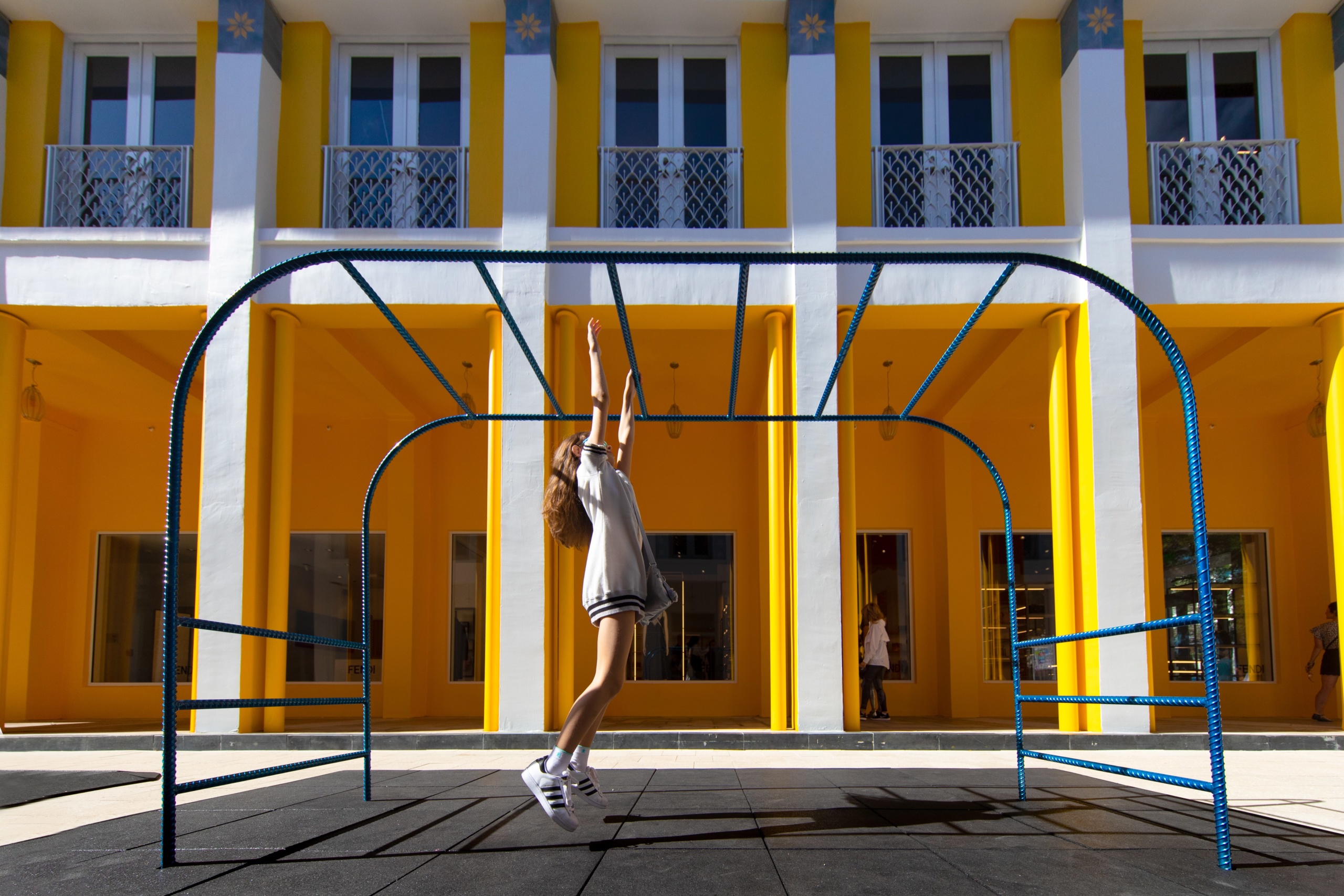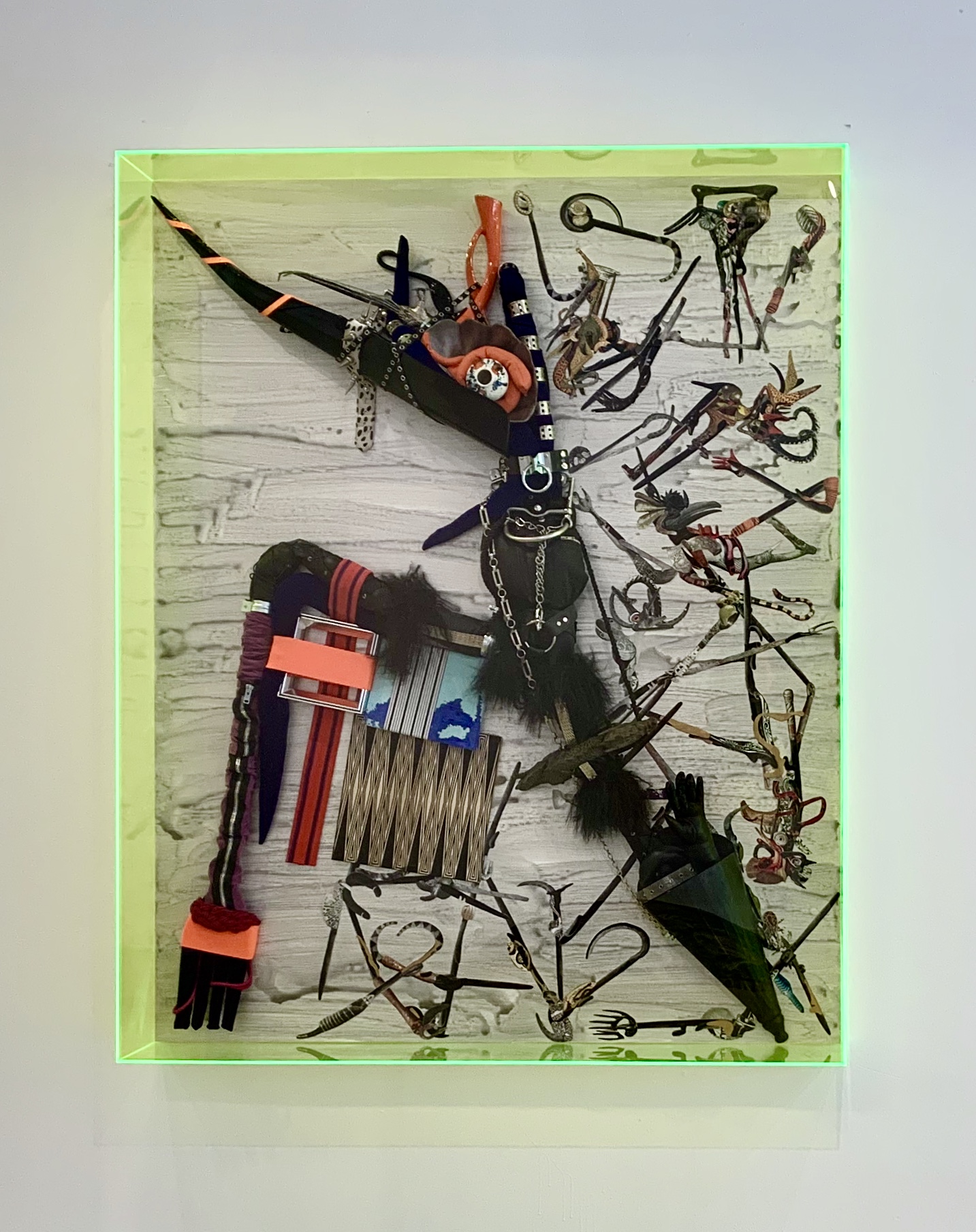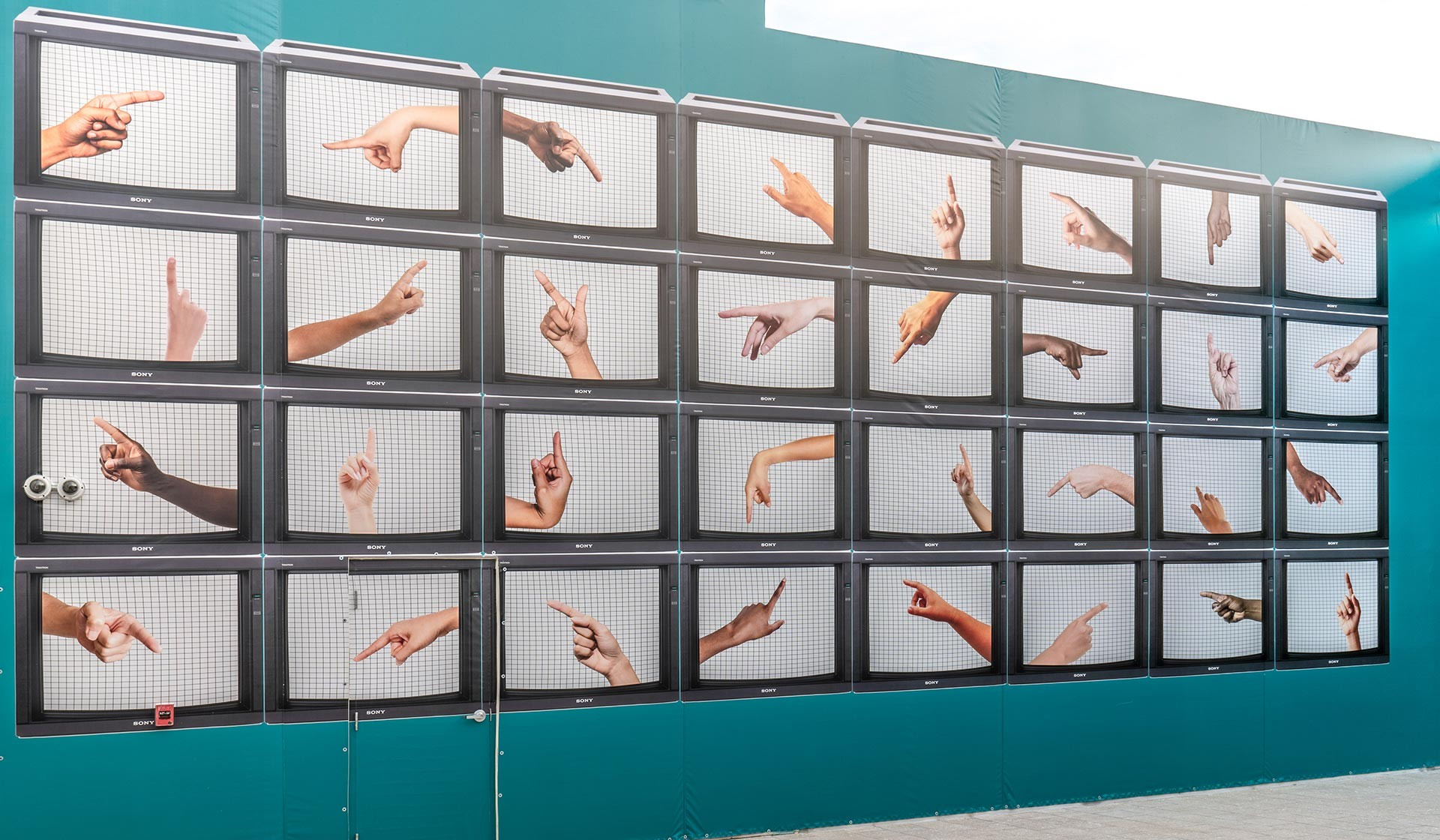
This summer, as Americans are choosing to staycation or take a domestic road trip, there are countless opportunities to rediscover your own city or one nearby. Art and design has the power to transform and placemake. This is certainly true at the Miami Design District, a historic neighborhood of design and luxury shops, galleries, museums, restaurants and art installations, where Claire Breukel has recently come on board to curate both public art and gallery shows. As the COVID-19 pandemic has led urban planners and design experts to rethink the significant role of public space in private lives, the Miami Design District, with a new program of world-class exhibitions and public sculpture commissions, has continued this exact mission: creating accessible space where fine art is available to everyone.
Art has long been built into the Miami Design District, from the mid-1990s when developer and entrepreneur Craig Robins of DACRA began acquiring and renovating several buildings to shore up the declining neighborhood. He envisioned it as an open-air museum. Soon its public art became an inseparable connotation. “The interior of the [on-site Theodore Vivian] Moore building on its own was always like a beautiful sculpture, but in 2005, when Zaha Hadid’s Elastika was installed, it became something completely different,” explains Robins of one of the first site-specific installations commissioned for the District. “That creativity is embedded in the neighborhood’s DNA.”

Like any communal amenity, public art can fall into the danger of tending toward universality. Instagrammable art, or plop art as it is called pejoratively, is often placed in corporate plazas to create buzz and foot traffic. So, how does one balance the necessity to create interest in both a casual and seasoned art viewer? “A million-dollar question,” says Breukel. Although some neighborhoods are built around the theory that plop art drives more than just selfies, and summons real engagement with its retail shops, “I believe many artists are brilliant engineers of this nuance between appealing to viewers to solicit immediate engagement while offering criticality that extends that initial experience to introspection, expanded thinking and more,” she continues. “Whereas there is always a place for selfies—I mean, why not?—the central role of art is not as entertainment but rather to challenge our mind, move our spirit and question the status quo.” In the Miami Design District, she cites architect Buckminster Fuller’s 1979-80 geodesic dome, which was also a proposal on space for sustainable living, and Jamilah Sabur’s Actual Infinity, a 2018 site-specific installation that explores the mathematics of infinity via hand gestures.

During Breukel’s tenure, which began during the coronavirus pandemic, the District has installed, or soon will, four new public artworks: Rirkrit Tiravanija’s neon wordplay, The Sun Is Down, But We Have The Light sits outside cafe OTL on 40th Street; Cristina Lei Rodriguez is working on a public window artwork; Dozie Kanu is expanding to Paradise Plaza in September and For Freedoms, Hank Willis Thomas and Eric Gottesman’s civic engagement platform, is collaborating with Miami artist Adler Guerrier on a unique double billboard commission for the Moore building’s facade. With so many exhibitions canceled due to COVID-19, she “hit the ground running working on programming that would support the Miami art community,” curating consciously to “address important social issues and be a platform for Black and Brown creative voices.” Currently, Miami-based Pepe Mar’s dynamic assemblages are on display, also on 40th Street. On 41st Street, 22 Floridian photographers are participating in a selling show called The Sunny Project; each has chosen a charity to donate proceeds.
During this pandemic, when city dwellers are relying increasingly on outdoor space for recreation, stimulation and a breath of fresh air away from the confinement of apartments and small homes, the Miami Design District offers just that. Says Breukel: “Artists make work despite COVID-19, so it’s our role to think of how to support and share it, safely.”










 in your life?
in your life?

